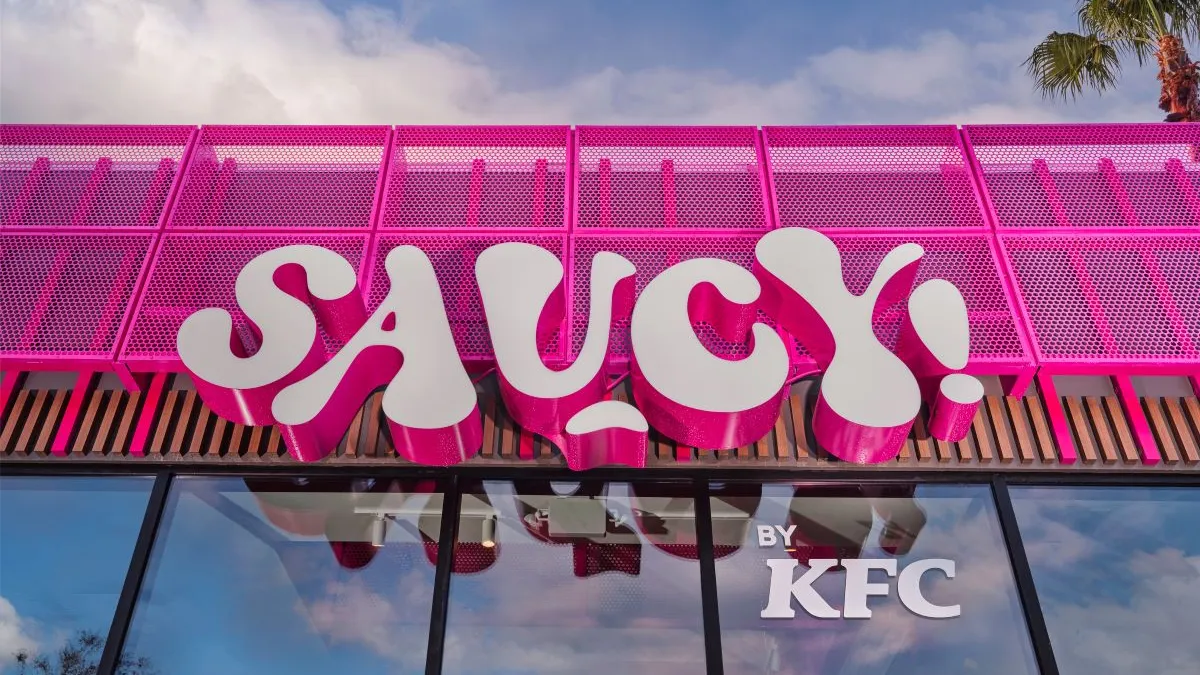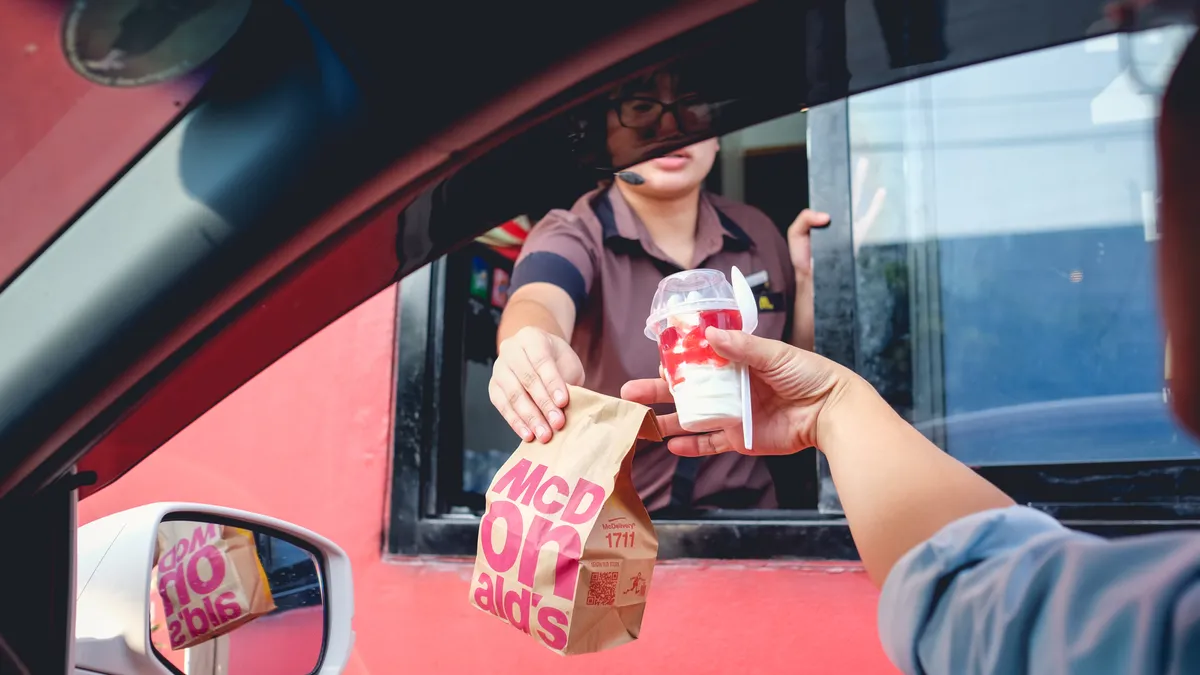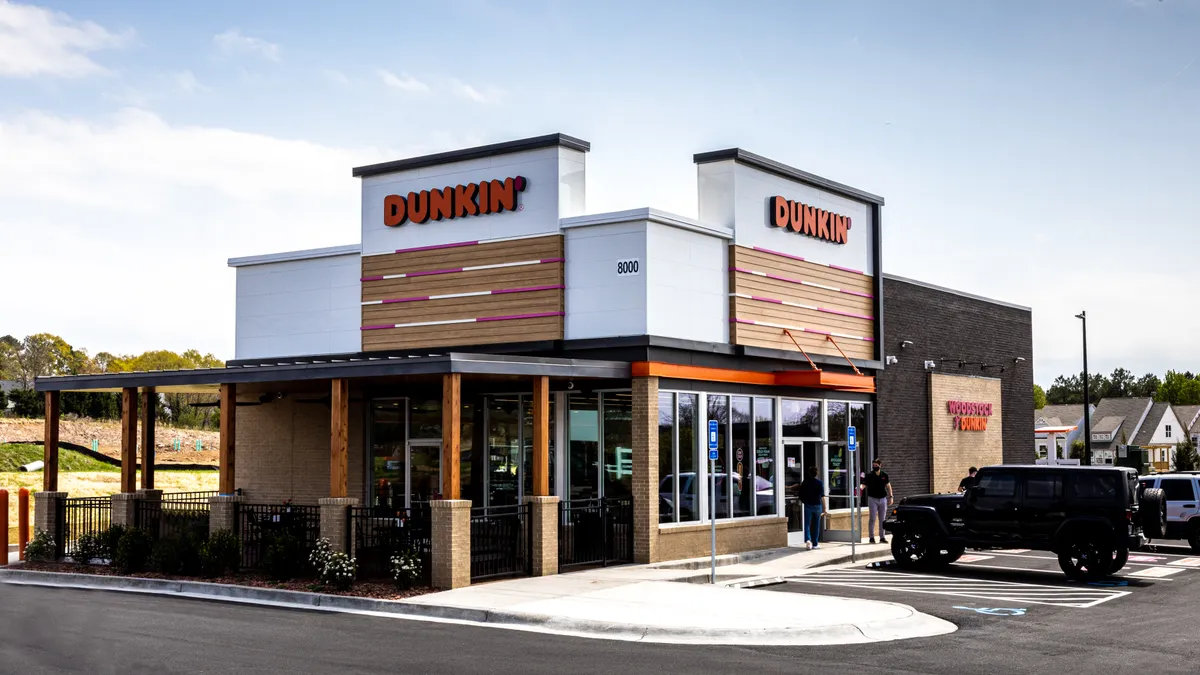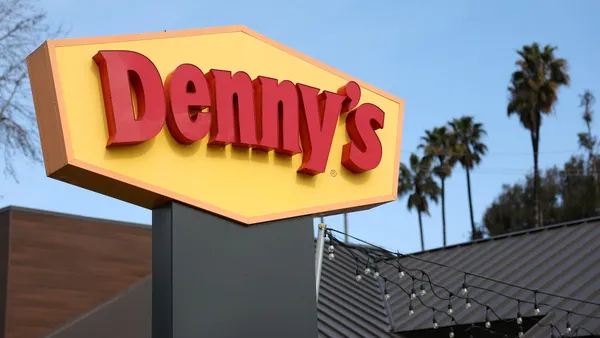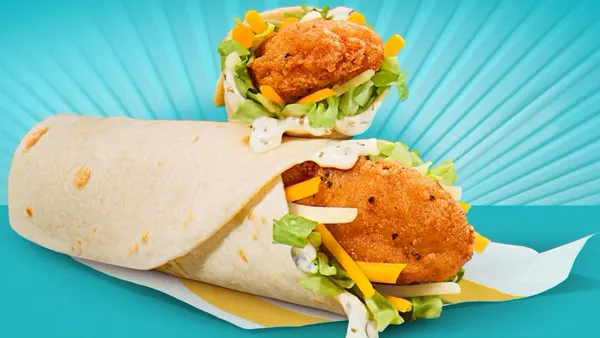Dive Brief:
- Same-store sales at Taco Bell U.S. increased by a startling 9% in Q1 2025, Yum Brands said in its Q1 earnings release, marking the biggest jump in the company’s domestic comparable sales since Q1 2023.
- KFC, by comparison, saw a 1% drop in its U.S. same-store sales. The pilot location of the chain’s Saucy concept has performed well, however, ranking among the top 15 KFC units in the U.S. KFC plans to build more Saucy restaurants in the near future.
- Yum’s U.S. brand performances have been uneven in recent years. Taco Bell’s momentum is driving 80% of Yum’s profit in the U.S., while Pizza Hut and KFC have both struggled to generate same-store sales growth.
Dive Insight:
KFC could use Saucy — a restaurant focused on chicken tenders, sauce and drinks — to help reset its brand identity and capture some of the chicken segment’s current buzz.
At Saucy, “sales are at more than double the U.S. system average,” CEO David Gibbs said on the company’s earnings call. “We”re planning a phased expansion to at least 20 stores targeting sites that allow us to unlock marketing synergies through geographic proximity.”
Such development could prove analogous to Taco Bell’s Cantina units, which serve to elevate brand identity, test new menu items and provide another layer of customer engagement. KFC needs this brand elevation badly in its home market, where its unit count fell by 123 stores last year and by 127 the year before, per its franchise disclosure document. The chicken chain’s roughly 2,900 single-branded locations posted $1.34 million in average net sales in FY2024.
Taco Bell, by contrast, is both the winner of the 2024 value wars and, it appears, an early winner in consumer trade down due to the 2025 trade wars.
“This quarter, Taco Bell saw a significant expansion in consumer penetration, reflecting our efforts to elevate our positioning and broaden our relevance, which helped us to grow traffic [in] low-single digits,” Gibbs said on the earnings call. Traffic grew across all income cohorts, Gibbs added.
Yum’s strategy for Taco Bell going forward relies on a combination of digital engagement and continued value plays.
Gibbs said Taco Bell will expand its loyalty membership and digital channels, which could yield $225,000 in additional per-store sales by 2030 — a 10% increase in Taco Bell’s unit volumes.
Taco Bell’s sales lift was helped by a run of LTOs and menu additions, Gibbs said, including “Crispy Chicken Nuggets, Milk Bar Churros, Cheesy Dipping Burritos, and Steak and Queso Crunchwrap Sliders.”
But the brand’s menu success also depends on its price structure. The Luxe Cravings boxes continued to drive sales at new $5 and $9 price points, and CFO Chris Tucker said they were “a massive win with low-income consumers.”
Those Luxe Boxes complement the chain’s Cravings Value Menu, which launched in 2024. Tucker said this gives Taco Bell an opportunity to take share from higher priced competitors if economic uncertainty continues.



